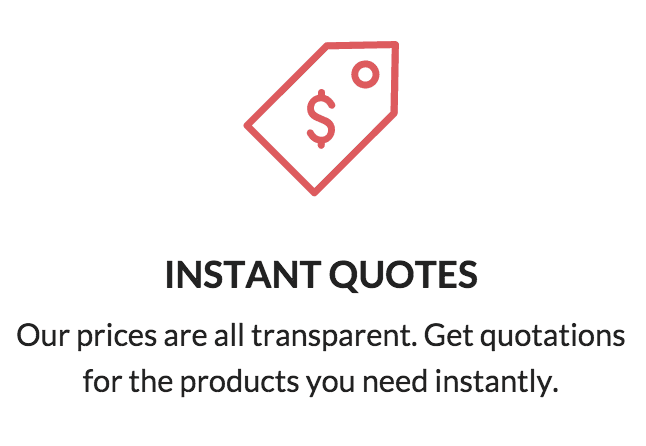Silk Screen, DTG, Embroidery, and Heat Transfers: Which T-Shirt Printing Method Should You Use?
If you have your design ready for printing, the next thing you’d be looking for is a print service that is best able to print your design.
With so many printing options, and so many different shops that specialise in different types of prints, it becomes extremely important to make a discerning choice of a shop that is able to produce quality prints of the type you require, at the optimal price for the quantity you need.
To get quality prints, you need quality judgment, and that comes from knowing several things about different printing methods:
- How they work
- What kind of designs they are meant for producing
- How cost-efficient they can be
Here is a breakdown on 5 main printing methods currently offered on the market, so you can up your print game and sound a little more sure the next time you reach out to your local print shop.
1. SILKSCREEN PRINTING
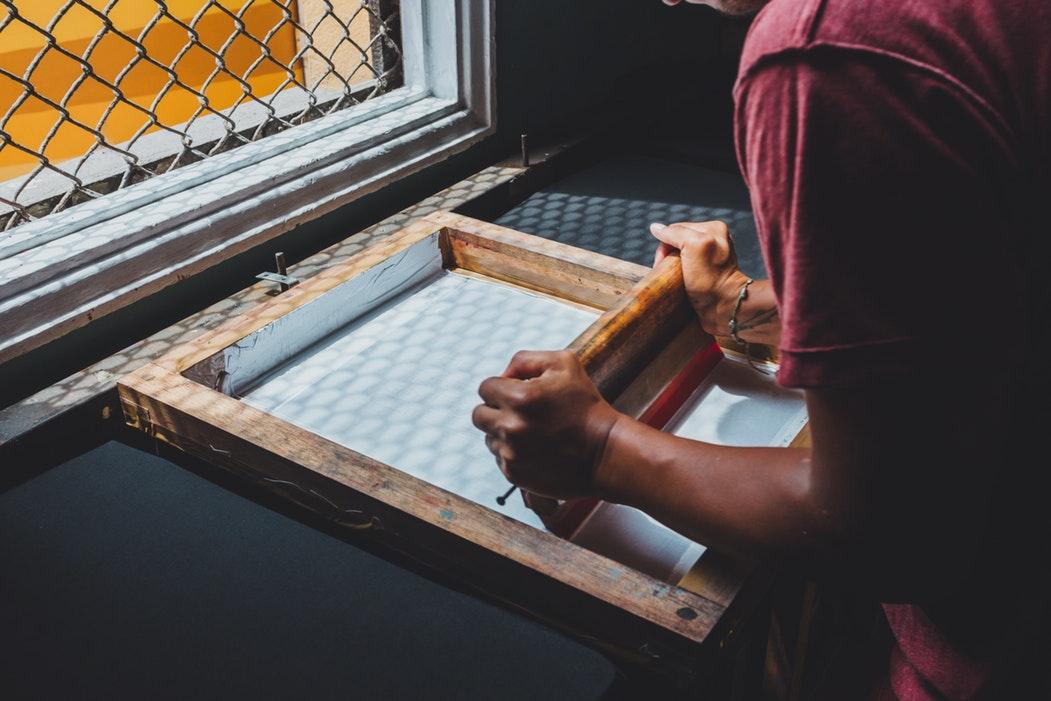
Best for printing: logos, phrases, simple designs. Linear images (rather than large patches of colour). Mass print productions without customisation.
Cost / time efficient for: large, standardised print runs (more than 50)
Minimum quantity: our MOQ is 20, but some places require at least 50.
Print Process:
- Your design will be printed on a piece of transparency that is placed over a silkscreen mesh that has been coated with a light-sensitive emulsion.
- After being exposed to UV light, the emulsion will wash off where your design had blocked the light out, and harden where the light could pass through, leaving a stencil of your design.
- Using a squeegee, ink is then pressed through the screen onto your shirt.
Print Limitations:
- Your design would have to be kept within A3/4/5 sizes, as that changes the size of the screen used.
- Because one screen can be used for only one colour and one position, any additional colour or position (such as the front and back of the shirt) would require another screen, and thus incur additional cost. This cost can be easily offset however, if you are doing a large print run that would make the cost of each additional screen as economical as possible.
- Due to the use of emulsion-coated screens and the process of having to realign the screens with every colour, small details, realistic images, and colourful graphic designs are not suitable for this printing method.
- Prints have to be in centralised positions (e.g. on the main front surface of the shirt) and prints with multiple colours cannot be done over uneven surfaces such as buttons and zips.
- The print can start to crack and peel off after many washes.
2. DTG (Direct-To-Garment)
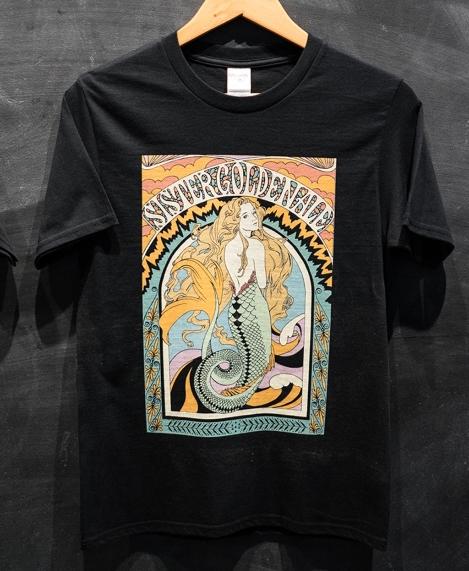
Best for printing: photographs, complex graphic images, colourful designs with gradients.
Cost / time efficient for: smaller quantities (less than 50) of a standardised print.
Minimum quantity: no MOQ
Print Process:
- Imagine printing your design onto your shirt the way you would print it out on a piece of paper. That is how DTG printing works. It is essentially a digital inkjet printing method that goes directly onto the fabric.
- Designs can be printed on white shirts directly.
- Pre-treatment of the fabric is required for non-white shirts — a liquid is used to bind the shirt fabric together, allowing a base of white ink to stay on the surface of the fabric, after which the coloured design can be printed.
Print Limitations:
- Each printer can only print one design at a time, and the amount of time taken for each print is consistently slower than the time taken for one silkscreen print. Although the time and cost of making the screens would amount to more than it takes for one DTG print, that time and cost decreases exponentially with an increase in the number of prints for screen printing, but multiplies for DTG.
- The printer is able to print on only one surface at a time, on localised position on the shirt, rather than in various positions.
- The print can fade and peel off after multiple washes.
3. EMBROIDERY
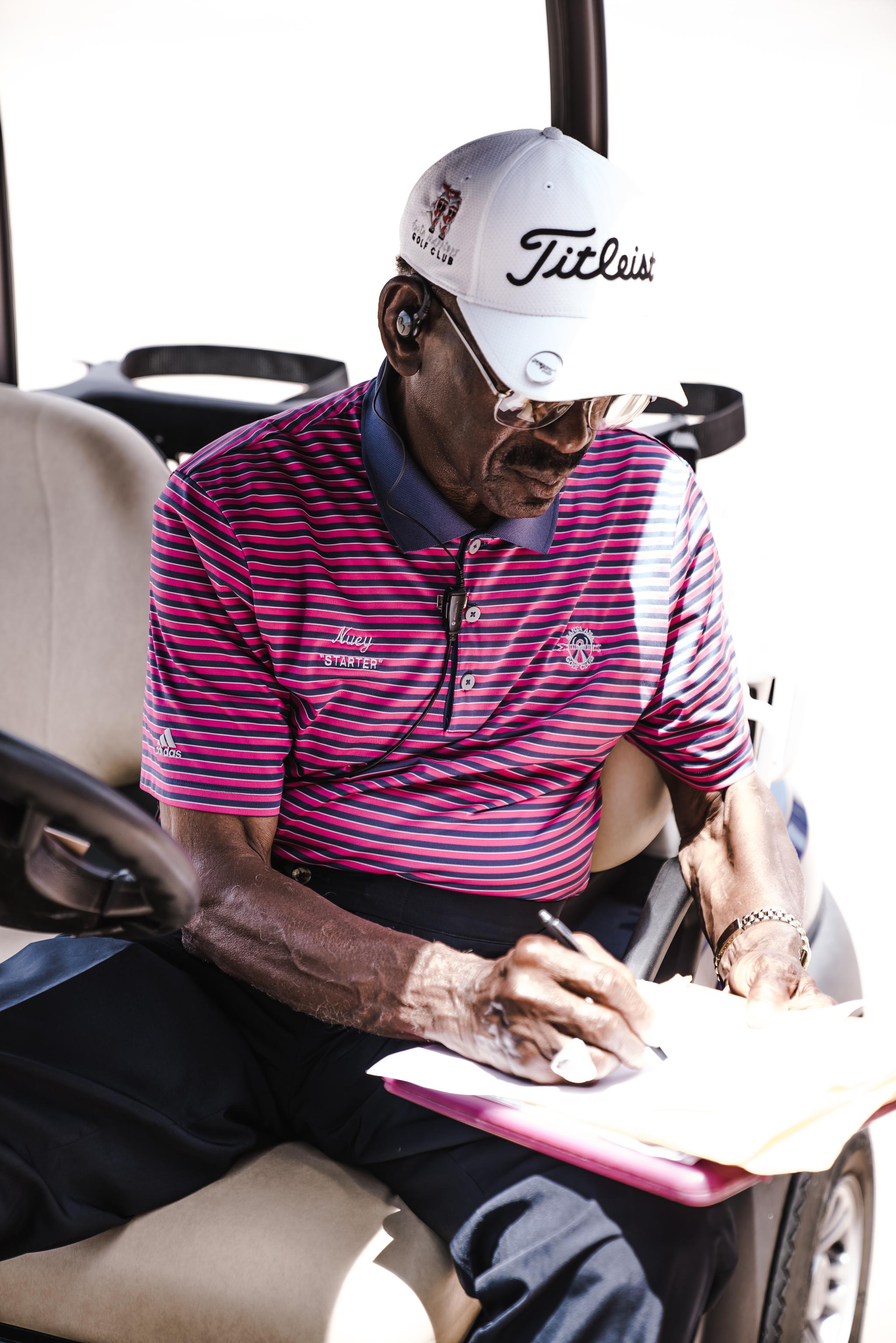
Best for printing: words and logos with simple shapes and colour blocks (rather than gradients) for which quality and durability are important. More suitable for uniforms, polo tees, and caps than the other printing methods are.
Cost / time efficient for: smaller quantities (fewer than 50)
Minimum quantity: no MOQ.
Print Process:
- Embroidery is a sewn-on design, with threading that stands out as a quality type of print.
- While hand stitched embroidery can still be found, mass produced embroidery is done by machines. Embroidery machines require a high quality design file formatted in vectors (learn how to convert your image or art file into vector) that is made into a stitch file, with its stitch sequence plotted out and readable by the machine. As instructed by its operator, the machine will embroider your design onto your shirt.
Print Limitations:
- As with silkscreen printing, embroidery is unable to achieve complex, colourful designs.
- And just like DTG, each embroidery print takes the same amount of time. Hence, embroidery does not become cheaper or more efficient with a larger quantity.
4. DYE SUBLIMATION
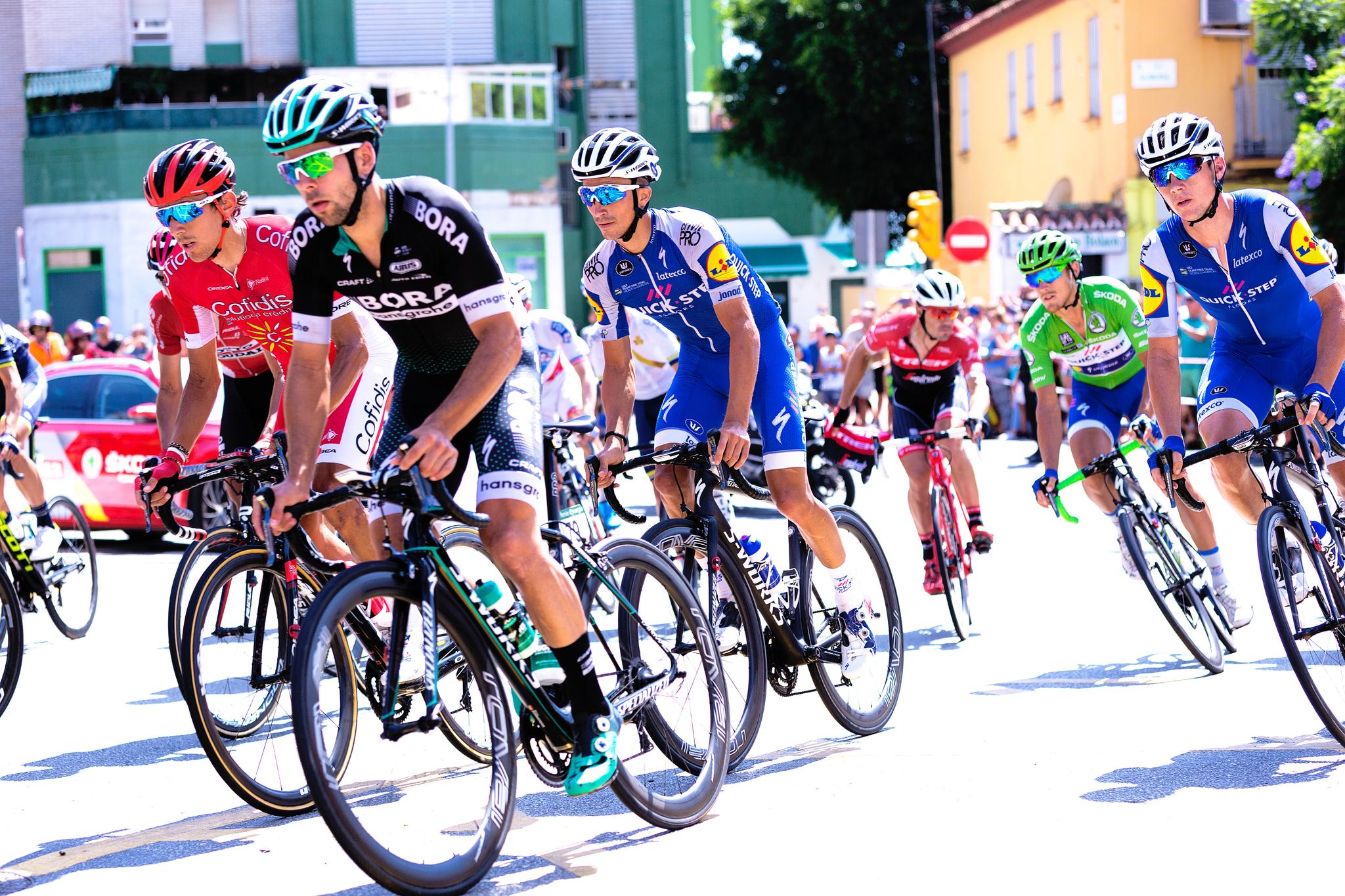
Best for printing: photographs, complex images, designs with prints in various positions (edges of shirt). On thin fabrics and sportswear (made of polyester) such as jerseys and dri-fit shirts.
Cost / time efficient for: sublimitation is cost-efficient for large, standardised prints (more than 50), but takes a longer time.
Minimum quantity: no MOQ
Print Process:
- Unlike silkscreen, DTG, or embroidery, where the print is felt on the surface of the fabric as ink or threads, sublimation is the process of heating a special type of ink that turns into gas at high temperatures. In its gaseous state, this ink is able to form a chemical bond with polyester and acrylic, forming a permanent print that is part of the fabric rather than on the fabric.
Print Limitations:
- Fabric of the printed surface has to be made of at least 50% polyester or other synthetic fabrics.
- Has to be done on a white fabric.
5. VINYL / DIGITAL HEAT TRANSFERS
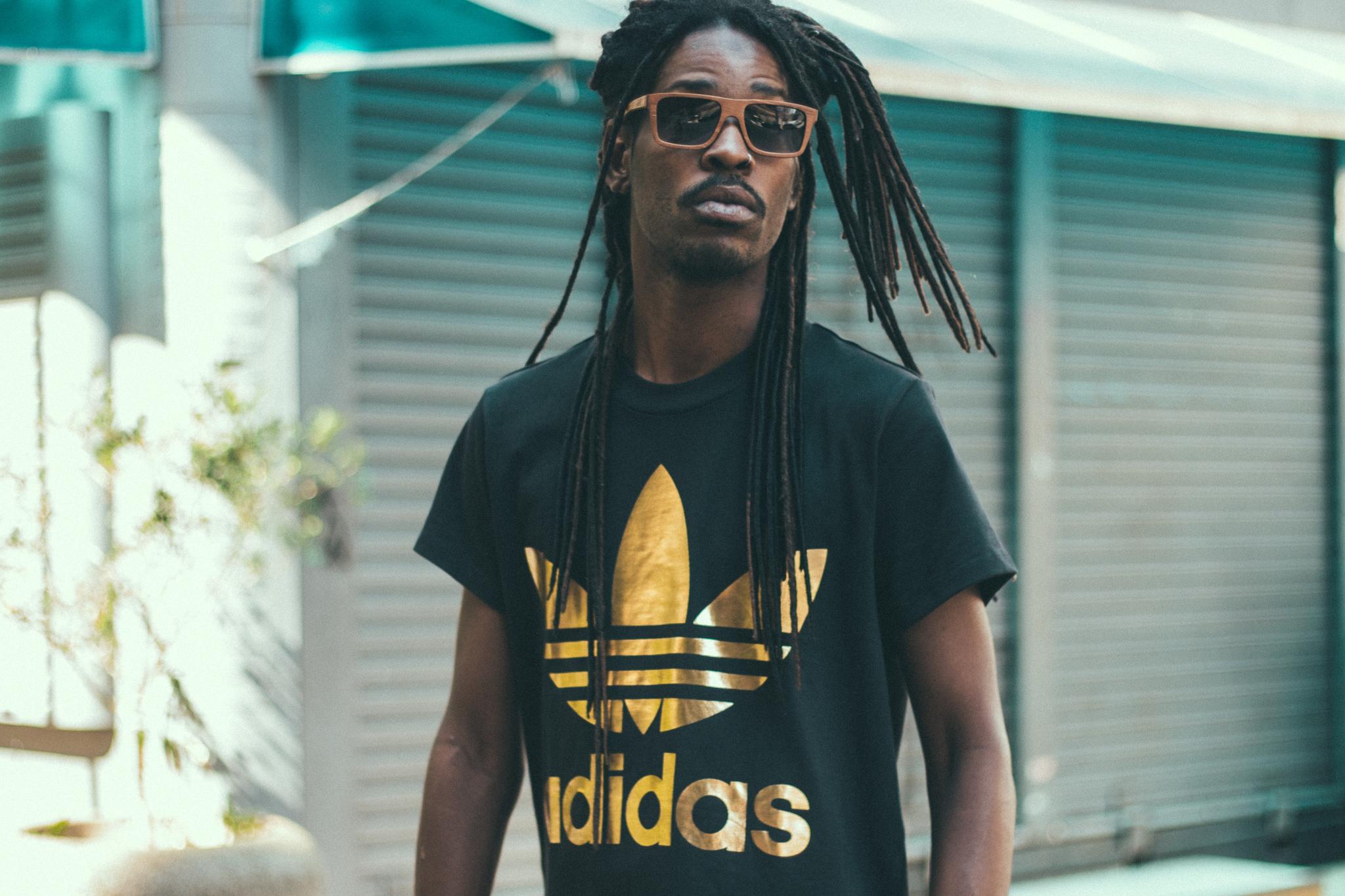
Best for printing: colourful designs and complex images. Shirts that are individually customised.
Cost / time efficient for: small print orders (less than 50).
Minimum quantity: no MOQ
Print Process:
- Digital: A mirror image of the design is printed on heat transfer paper using a special ink that transfers onto fabric (both 100% cotton and mixed) after being pressed by a heat transfer printing machine.
- Vinyl: The design is printed onto vinyl, cut out, then transferred to a transfer paper, before being pressed.
Print Limitations:
- The print fades with multiple washes and cannot be used on thin fabrics that burn easily.
- Better for smaller prints and linear images than for a large patch of colour.
For any enquiries, feel free to drop us an email at hello@mf.asia
MerchFoundry helps you source and fulfil print merchandise at unbeatable prices and speeds any where in the world.
We make brand merchandise simple and pain-free -- check us out today.

